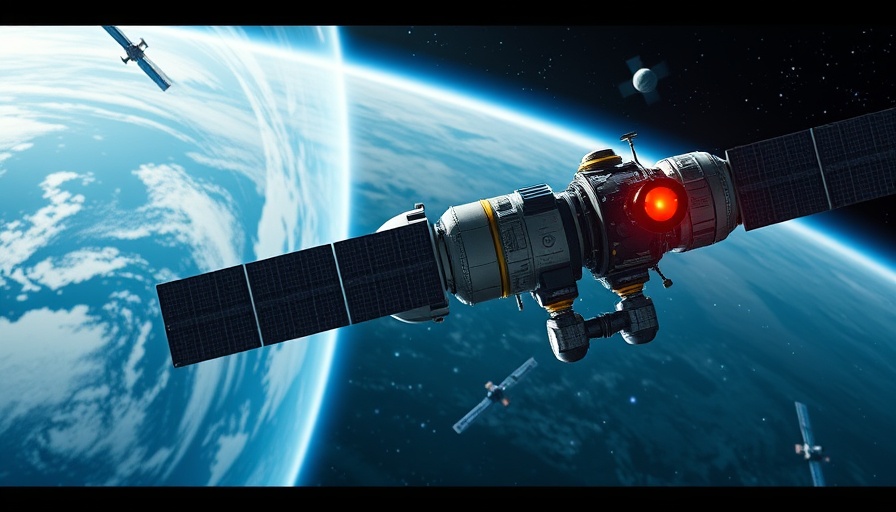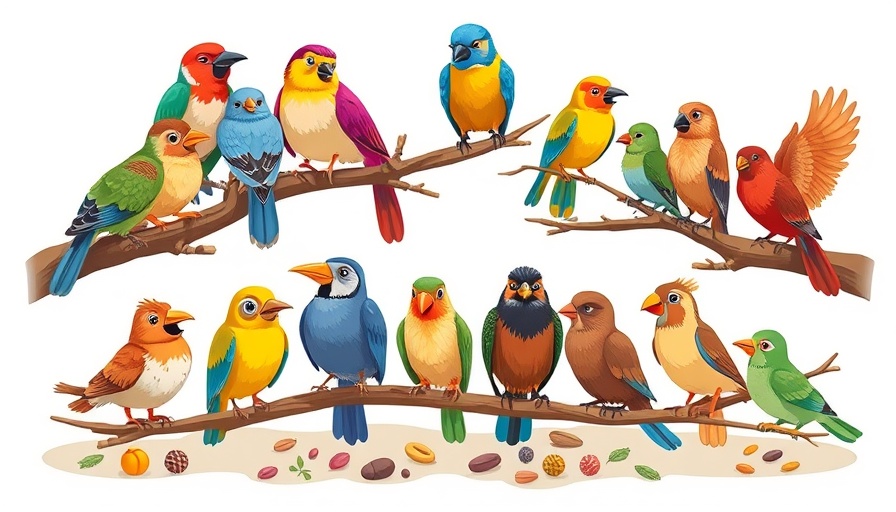
Why SpaceX’s $17 Billion Deal is a Game Changer for Wireless
In a bold move that underscores the ongoing transformation in the tech industry, SpaceX has agreed to a $17 billion deal to acquire wireless airwaves, positioning itself deeper into the competitive telecommunications market. This acquisition not only marks a significant expansion for the company but signals a shift in how major players are diversifying their portfolios amidst rapid technological changes.
The Intersection of Space and Wireless Technology
This deal highlights the increasing convergence of space technology and wireless communications. SpaceX has already made waves in the satellite internet sector with its Starlink project, and this latest purchase is a strategic step to strengthen its infrastructure. The acquisition of wireless spectrum could amplify its ability to deliver high-speed internet, especially in underserved rural areas, potentially revolutionizing access to technology across the globe.
Future Trends in the Tech Industry
As we look to the future, the tech industry is set to witness a plethora of disruptions. With 5G and the potential of new satellite-based broadband systems, the landscape of communication is evolving. SpaceX's latest move underlines the importance of securing resources that will be crucial in 2025 and beyond, making this deal a vital part of the broader narrative of tech innovations.
The Broader Impact on Telecom and Beyond
By stepping into the telecom arena, SpaceX is not merely another player; it is disrupting the traditional telecommunications model. Companies that previously dominated the space, such as AT&T and Verizon, should brace for a fierce competition as SpaceX leverages its proven launch capabilities and satellite technology. This is emblematic of a larger trend where newcomers challenge established giants, shifting the dynamics of tech competition altogether.
Investment Insights and Market Implications
The deal carries immense implications for investors and the market at large. The infusion of capital into wireless technologies and infrastructure signifies a growing recognition of tech’s role in global connectivity. With stakeholders keen on the latest tech news, understanding the nuances of such transactions will be vital for navigating investment opportunities. As SpaceX dives deeper into the telecom industry, companies must be aware of potential shifts in market demands and consumer preferences.
Conclusion
The $17 billion acquisition by SpaceX not only reshapes its own trajectory but also holds significant relevance for technology trends and investments in the coming years. Businesses and consumers alike should keep a close eye on how this deal impacts the tech landscape, as it underscores the importance of adaptability and foresight in an ever-evolving industry. Now, more than ever, staying informed on tech innovations and trends can empower decision-making for navigating this rapidly changing world.
 Add Row
Add Row  Add
Add 




Write A Comment